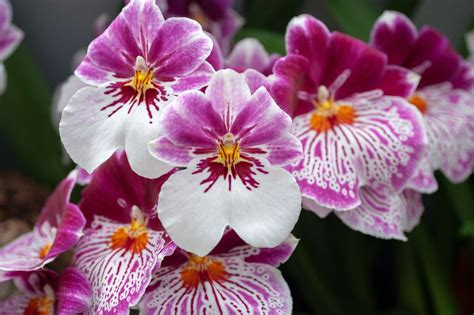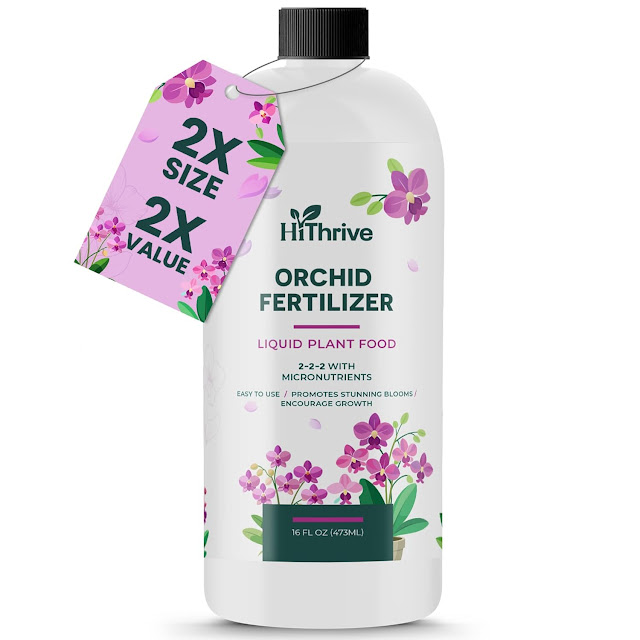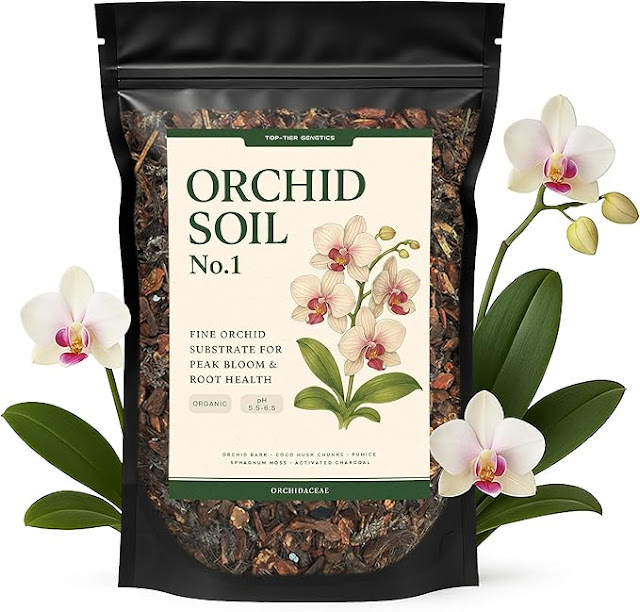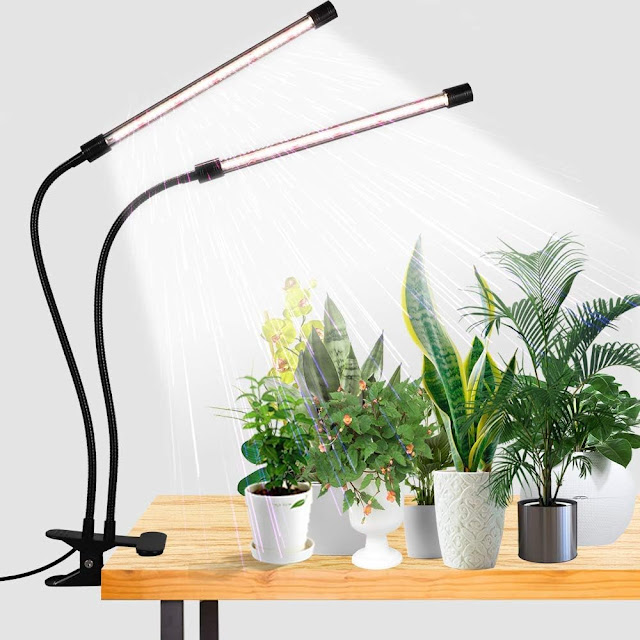Miltonia vs. Miltoniopsis: A Comprehensive Guide to Pansy Orchids care
Orchids are among the most captivating plants, if you are an orchid grower or just want to learn about this diverse family, the pansy orchid—Miltonia species and Miltoniopsis species—stand out for their vibrant colors and intricate patterns. While they share similarities, understanding their differences is crucial for providing optimal care and new growth. This guide delves into the distinctions between Miltonia and Miltoniopsis, offering insights for proper care going into their origins, appearance, care requirements, common name and more for the best result for your orchid plants.
-Miltoniopsis Sun Glow 'Amazing' - Fragrant Blooms Easy to Grow, White Flowers, Pansy Orchid Seedling Size Offered. NOT in Bloom/Bud When Shipped (SD2)
🌿 Origins and Native Habitat
Miltonia Orchids
Native Regions: Primarily found in Brazil.(en.wikipedia.org) Also known as Brazilian miltonias.
Habitat: Thrives in warm, tropical climates with moderate humidity like Costa Rica. (orchidrepublic.com)
Altitude: Grows at lower elevations compared to its counterpart.
Genus Miltoniopsis
Native Regions: Indigenous to cooler areas of South America, including Colombia, Ecuador, and Peru.(en.wikipedia.org)
Habitat: Prefers cooler temperatures and high humidity levels.(swansonsnursery.com)
Altitude: Typically found at higher elevations, often in cloud forests.
🌸 Appearance and Flower Characteristics
Miltonia
Flower Shape: Generally star-shaped with a flatter profile.(en.wikipedia.org)
Size: Flowers can reach up to 4 inches across.(southernliving.com)
Color Variations: Offers a wide range of colors, including white, pink, purple, and yellow.
Fragrance: Emits a pleasant, often rose-like scent.
Miltoniopsis
Flower Shape: Resembles pansies, with a more rounded and ruffled appearance.
Size: Typically smaller flowers, around 2–3 inches across.
Color Variations: Predominantly found in shades of white, pink, red, and purple.
Fragrance: Known for a sweet, floral scent.
🌡️ Temperature and Humidity Preferences
Miltonia
Temperature Range: Prefers daytime temperatures between 70°F and 80°F (21°C to 27°C) and nighttime temperatures above 60°F (15°C).(orchidweb.com) They like warm temperatures.
Humidity: Thrives in humidity levels of 50% to 70%.
Miltoniopsis
Temperature Range: Requires cooler conditions, with daytime temperatures around 70°F (21°C) and nighttime temperatures between 50°F and 60°F (10°C to 15°C).
Humidity: Prefers higher humidity levels, ideally between 60% and 80%.
🌞 Light Requirements
Miltonia
Light Intensity: Tolerates brighter light conditions but should be protected from direct sunlight to prevent leaf burn. You can use a light shade in the summer.
Ideal Placement: East or west-facing windows with filtered light are optimal.(thespruce.com)
Miltoniopsis
Light Intensity: Requires lower light levels compared to Miltonia, as it originates from shaded environments.(aos.org) Think tree fern.
Ideal Placement: North-facing windows or areas with indirect light are best. In the winter you can use artificial light.
💧 Watering and Fertilization
Miltonia
Watering: Prefers to dry out slightly between waterings. Overwatering can lead to root rot.(houseplantalley.com) It's ok to give it a dry period.
Fertilization: Feed with a balanced orchid fertilizer every 2–3 weeks during the growing season.
Miltoniopsis
Watering: Requires consistently moist conditions. Ensure the growing medium does not dry out completely.(en.wikipedia.org)
Fertilization: Use a diluted orchid fertilizer every 4 weeks during active growth.
You can use tap water, tepid water.
🪴 Potting and Repotting
Miltonia
Potting Medium: Prefers a well-draining mix of bark, sphagnum moss, and perlite.(thespruce.com)
Repotting: Increase pot size Every 1–2 years, preferably after blooming. Be careful of the fine roots.
Miltoniopsis
Potting Medium: Requires a mix that retains moisture but drains well, such as sphagnum moss with added perlite.
Repotting: Every 1–2 years, as needed.
🐛 Common Pests and Problems
Miltonia
Pests: Susceptible to aphids, scale, and mealybugs.
Diseases: Prone to fungal infections if humidity is too high or air circulation is poor.
Miltoniopsis
Pests: Can attract thrips and spider mites.(swansonsnursery.com)
Diseases: Sensitive to root rot if overwatered; requires good drainage.(thespruce.com)
🏡 Ideal Growing Conditions Summary
| Feature | Miltonia | Miltoniopsis |
|---|---|---|
| Temperature | Warm (70°F–80°F day, >60°F night) | Cool (70°F day, 50°F–60°F night) |
| Humidity | 50%–70% | 60%–80% |
| Light | Bright, indirect | Low to moderate, indirect |
| Watering | Allow to dry slightly between waterings | Keep consistently moist |
| Fertilization | Balanced every 2–3 weeks | Diluted every 4 weeks |
| Repotting | Every 1–2 years | Every 1–2 years |
| Pest/Disease | Aphids, scale, mealybugs; fungal issues | Thrips, spider mites; root rot |
🛒 Recommended Products
To aid in the care of your Miltonia or Miltoniopsis orchids, consider the following products:
Orchid Fertilizer: A balanced fertilizer suitable for orchids.
BUY HERE https://amzn.to/4k9gW3i
Humidity Tray: Helps maintain the required humidity levels for orchids.
Orchid Potting Mix: Specialized mix that ensures proper drainage and moisture retention. We recommend this orchid mix.
- BUY HERE https://amzn.to/4lp51PR
Grow Light: Provides the necessary light spectrum for orchids, especially in low-light conditions.
BUY HERE https://amzn.to/4lobcnc
These orchid species don't need much bright light.
Species of Miltonia: A Closer Look
The genus Miltonia is a diverse genus of orchids that encompasses several species, each with its unique characteristics, flowers, and growth habits. The genus is named after the English botanist, Lady Milton, and is often referred to as the “pansy orchid” due to the shape of its blooms, which resemble pansies. Here, we will explore some of the most popular species of Miltonia, highlighting their unique features and care requirements.
1. Miltonia regnellii (Regnell's Miltonia)
Appearance: Miltonia regnellii is one of the most popular species of Miltonia and is recognized for its vibrant, large flowers. The flowers typically have a white base with purple markings and a distinctive "lip" that is darker purple. The petals are broad, with a slight wave to them, giving them an elegant and showy appearance.
Origin: This species is native to Brazil, primarily found in the southeastern regions at moderate altitudes.
Care Requirements: Miltonia regnellii prefers moderate temperatures, thriving best in environments where daytime temperatures are between 70°F and 80°F (21°C to 27°C), and nighttime temperatures do not fall below 60°F (15°C). It needs bright, indirect light and enjoys a humid environment. Regular watering is essential, but the plant should not sit in water to avoid root rot.
2. Miltonia spectabilis (The Showy Miltonia)
Appearance: Miltonia spectabilis is characterized by its striking, large, and colorful flowers. The blooms have a creamy white base with bright, deep purple markings that create a striking contrast. The lip of the flower is a rich, vibrant purple, making it one of the most eye-catching species of Miltonia.
Origin: Miltonia spectabilis is native to the highlands of Brazil and can be found at altitudes ranging from 1,000 to 2,000 meters.
Care Requirements: This species thrives in cooler environments compared to other Miltonia species. It prefers temperatures between 60°F and 75°F (15°C to 24°C) during the day, with cooler nights. Miltonia spectabilis enjoys bright, indirect light, and a humid environment is essential to replicate its natural habitat. Regular watering is key, ensuring the soil remains moist but well-drained.
3. Miltonia Clowesii (Clowe’s Miltonia)
Appearance: Miltonia clowesii is another striking species within the Miltonia genus. The flowers are typically white with purple to red markings around the lip and central section of the flower. The shape of the petals is less rounded than other Miltonia species, making it stand out with its narrower, more elongated form.
Origin: Native to the Brazilian states of Bahia and Espiritos Santos, this species is often found at higher elevations and in subtropical regions.
Care Requirements: Miltonia clowesii requires a bit more attention in terms of temperature, preferring temperatures between 65°F and 75°F (18°C to 24°C) during the day. The plant thrives in slightly cooler environments compared to other species and needs to be watered regularly but carefully. It enjoys bright, indirect light and benefits from humidity levels of 60-80%. Providing a well-draining orchid mix is also critical to keep the roots from becoming waterlogged.
4. Miltonia flavescens (Yellow Miltonia)
Appearance: As the name suggests, Miltonia flavescens produces bright yellow flowers with a hint of orange or red. The blooms are smaller in comparison to some other Miltonia species, but they are very vibrant and make a significant impact in any collection.
Origin: Native to Brazil, this species grows in lower altitudes where the climate is warm and humid.
Care Requirements: Miltonia flavescens thrives in warm temperatures and prefers daytime conditions around 75°F to 85°F (24°C to 29°C) and nighttime temperatures above 60°F (15°C). It needs bright but filtered sunlight, with a preference for slightly higher humidity levels of 60-70%. Watering should be done carefully, ensuring that the roots do not remain overly wet, as this species is prone to root rot in excessively wet conditions.
5. Miltonia hybrid species (Intergeneric Hybrids)
Appearance: Hybrid species within the Miltonia genus can vary significantly in appearance, often combining the best features of multiple species to create stunning flowers. Common hybrids tend to have the characteristic pansy-like appearance but feature a wider array of colors, from soft pastel pinks to rich purples, yellows, and reds.
Origin: Miltonia hybrids are often cultivated from crosses between different species of Miltonia, and they are generally bred for their vibrant colors and unique characteristics. These hybrids are often used in ornamental gardening and for commercial orchid displays.
Care Requirements: Like their parent species, hybrids typically require intermediate temperatures, with daytime temperatures between 70°F and 80°F (21°C to 27°C) and nighttime temperatures above 60°F (15°C). They enjoy moderate to high humidity and should be watered regularly, ensuring that the growing medium drains properly. The care for Miltonia hybrids will depend on the specific species used in the cross, so it's important to follow guidelines based on their lineage.
Miltonia Orchids vs. Miltoniopsis: Key Differences
While Miltonia and Miltoniopsis orchids share many similarities in appearance, they differ in terms of their native climates, light, temperature, and humidity requirements. Here’s a quick comparison to help you differentiate between them:
| Feature | Miltonia | Miltoniopsis |
|---|---|---|
| Native Region | Brazil, subtropical areas | Colombia, Ecuador, and Peru |
| Temperature | Prefers warm temperatures (70°F–80°F) | Prefers cooler temperatures (60°F–70°F) |
| Flower Shape | Star-shaped flowers with broad petals | Pansy-like, rounded flowers |
| Color Variations | Purple, white, pink, yellow | Mainly white, pink, red, and purple |
| Humidity | Moderate to high humidity (50%-70%) | High humidity (60%-80%) |
| Light Requirements | Bright, indirect light | Low to moderate light |
📚
Understanding the differences between Miltonia and Miltoniopsis orchids is essential for providing the best care. While both are beautiful and rewarding to grow, their distinct needs regarding temperature, humidity, light, and watering must be met to ensure healthy growth and vibrant blooms. By tailoring your care routine to the specific requirements of each genus, you can enjoy the elegance and charm of these pansy-like orchids in your home. There are also a broad range of miltonia hybrids. If you are interested in learning about different types of orchids please leave a comment below.
For a visual comparison and additional care tips, check out the following video:
Miltonia vs. Miltoniopsis: Similarities & Differences






Comments
Post a Comment